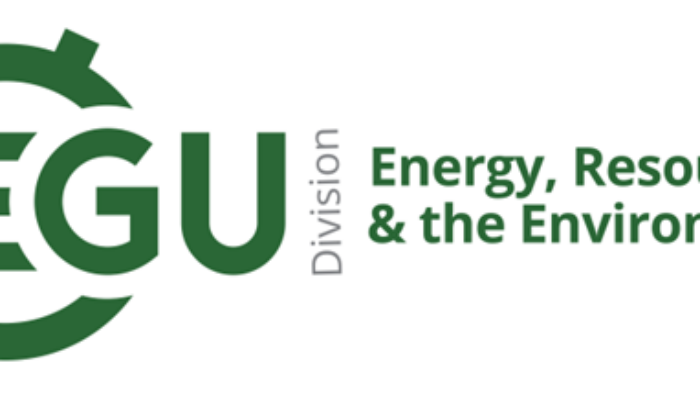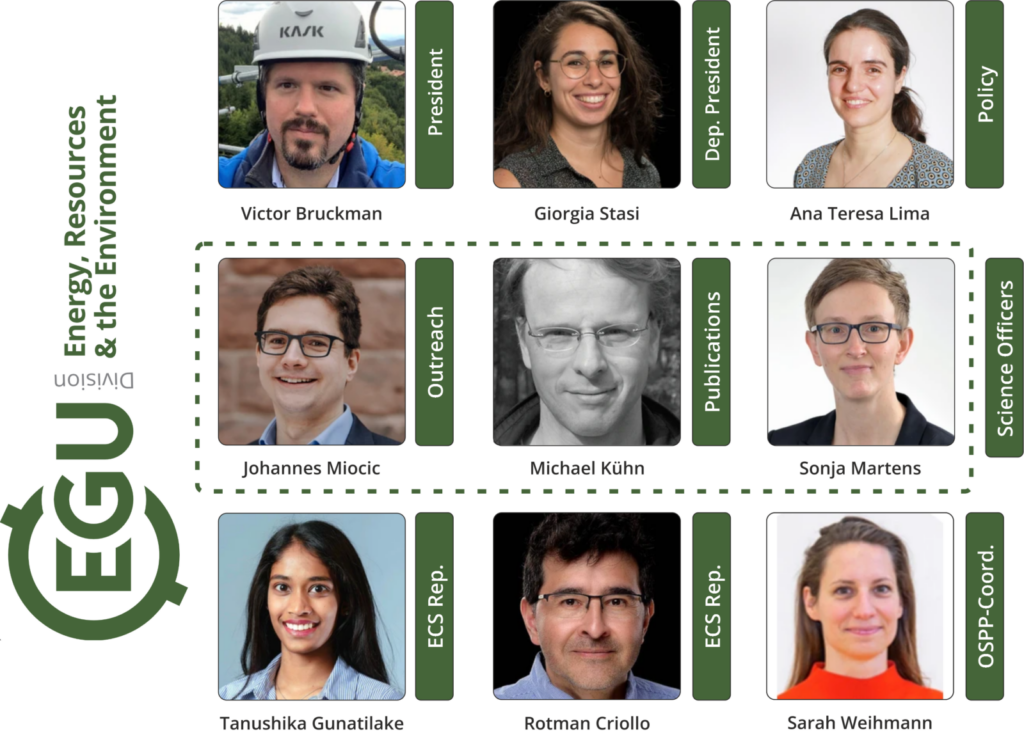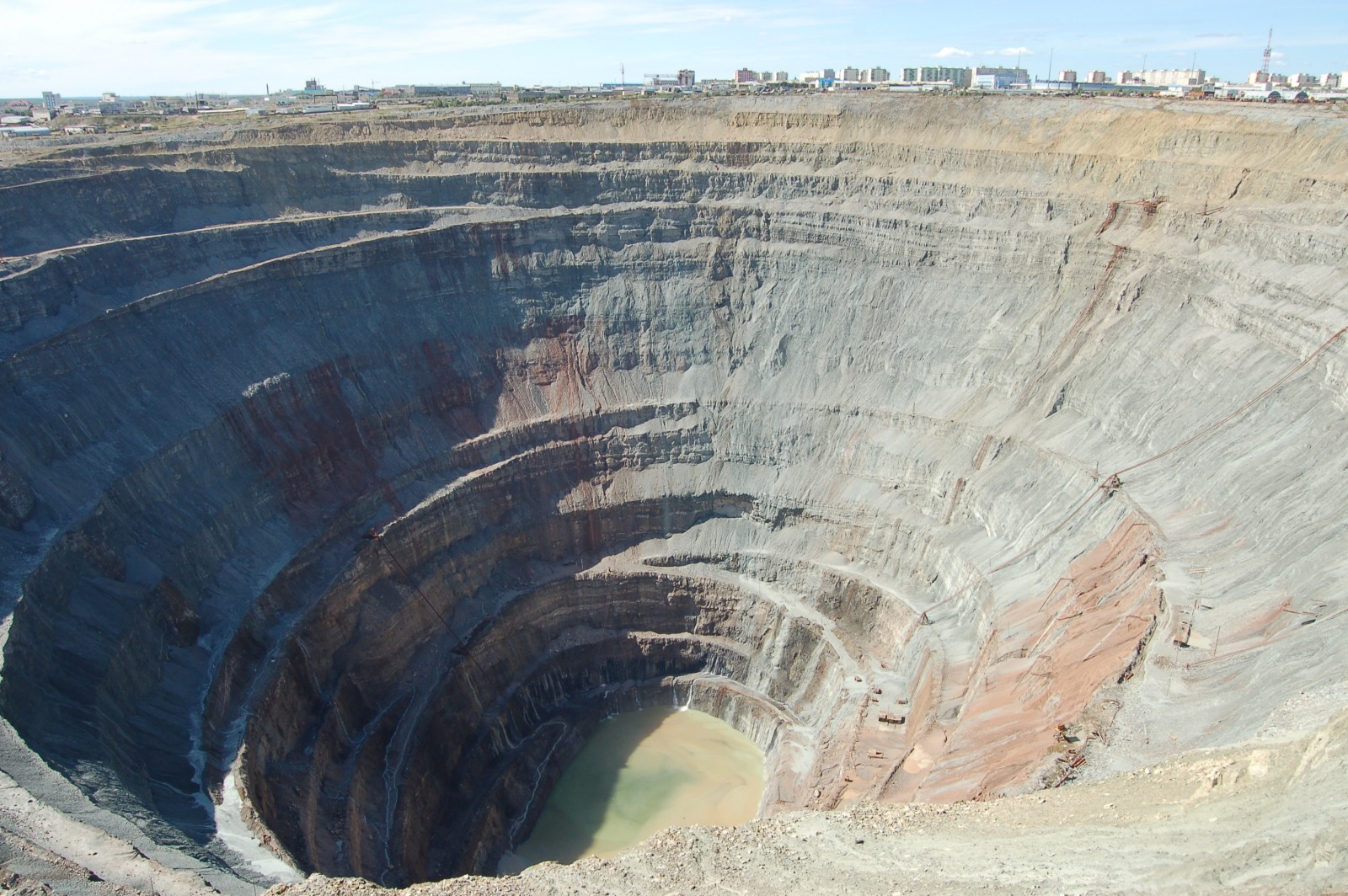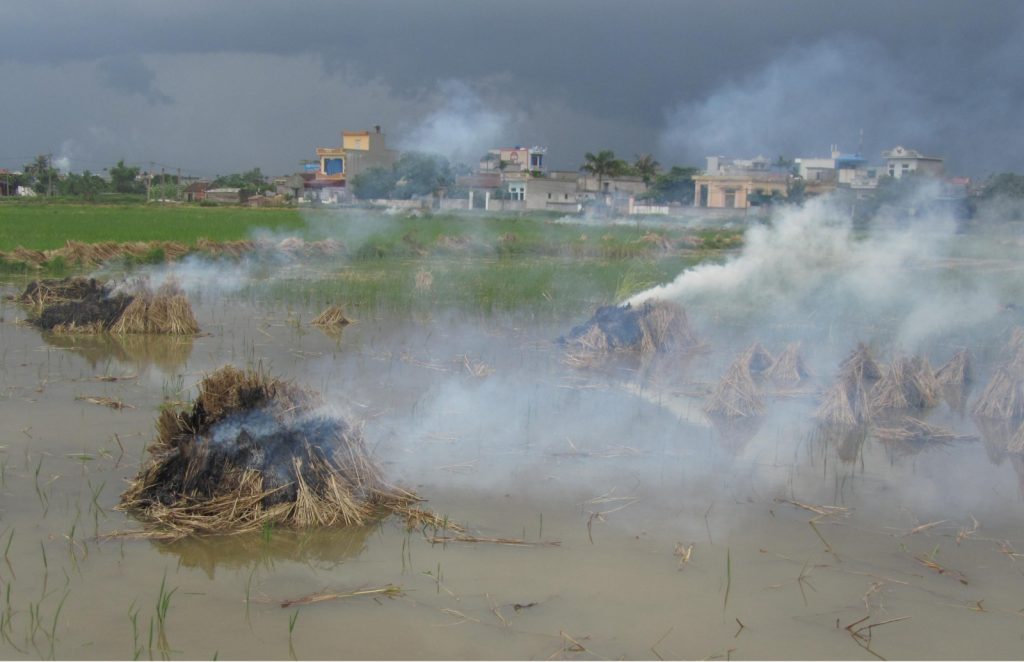Hello and welcome to the reopened blog of the Energy, Resources and the Environment Division of the EGU! We want to use this blog in the future actively to keep you updated with what is happening in our division and to highlight various ERE related topics of interest, activities and research. But today we want to first introduce ourselves.
In the ERE division, people who work to better understand our planet’s energy, resources, and environment and its inter-and transdisciplinary aspects come together. Our mission is to make sense of the complex interactions between our natural resources and the environment, which naturally means that we have to collaborate in interdisciplinary ways. The core of the division consists of experts in various fields that will help meet the mutually coupled challenges of energy, resources and the environment.
As with every EGU division, our team consists of around 10 persons who voluntarily help organizing the division and are here to help you with any questions you have about the topics covered in our division. This includes our current president Viktor, our current deputy president and future president Giorgia, Rotman and Thanushika as early career scientist representatives, Sarah as OSPP Coordinator, Johannes, Michael and Sonja as Science officers, and Ana Teresa, who is our Policy Officer. Do you want to get involved in organizing our division? Let us know at ere@egu.eu!
However, the most important people in our division are all the authors, co-authors and session conveners who contribute to the successful ERE program at the annual General Assembly! Traditionally, there are six sub-programme groups, in which sessions cover the whole breadth of ERE: Integrated studies, renewable energy, geo-storage, raw materials and resources, process coupling and monitoring, and inter-and transdisciplinary sessions. Why not check out sessions in our programme at this years EGU in Vienna? We look forward to seeing you then!




 Dr. Ana Theresa Lima
Dr. Ana Theresa Lima
